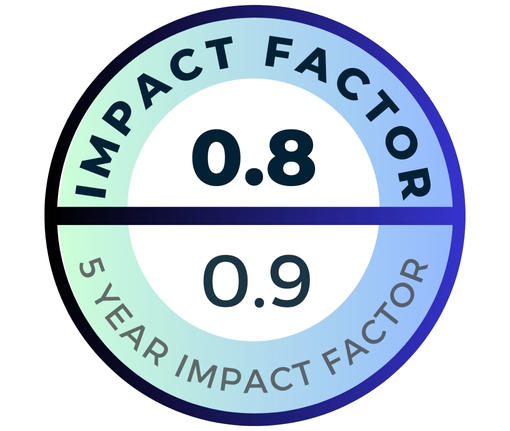Objectives: Cough is one of the most common symptoms that patients seek for medical attention. Chronic cough is often the main symptom of chronic respiratory diseases. Bronchiectasis (BE) is a final common result of inflammation and infection and high resolution computerized tomography (HRCT) is the diagnostic procedure of choice. The aim of this study was to find the incidence of first diagnosed BE and underline the importance of coincidental diagnosis of BE in chronic cough patients.
Methods: A retrospective review of data from 518 patients with chronic cough was carried out. The demographic data, underlying etiological factors (past infections such as tuberculosis, pneumonia, recurrent bronchitis), comorbidities, smoking habits, follow-up diagnosis, surgical history, clinical and physiologic findings, initial symptoms at admission, past follow-up diagnosis, pulmonary function tests and HRCT chest scanning reports, for both groups, were retrieved from the medical records.
Results: At the end of our evaluation 300 of 518 patients (57.5%) were found to have firstly diagnosed BE. It was calculated that, BE group had tuberculosis and pneumonia 10% and 30%, respectively in their medical history. Asthma and COPD were significantly the most common coexistent diagnoses in BE patients and 73.7% were smokers. Ectatic lesions were predominantly bilateral (95%) and mostly of tubular type (88.7%).
Conclusion: Bronchiectasis, considered as an orphan disease, could be much more prevelant than we have expected to be in our daily practice. Studies have shown that approximately 42% of patients who were thought to have a normal chest X-ray, had abnormalities on HRCT scans. Though our study shows the results from southeastern part of Turkey, with relatively low socioeconomical status, that doesn’t chage the fact that BE needs more attention. The lack of interest about BE has already resulted in a lack of research in the treatment of this frustrating disease, and such research needs to be encouraged.


.jpg)

.png)